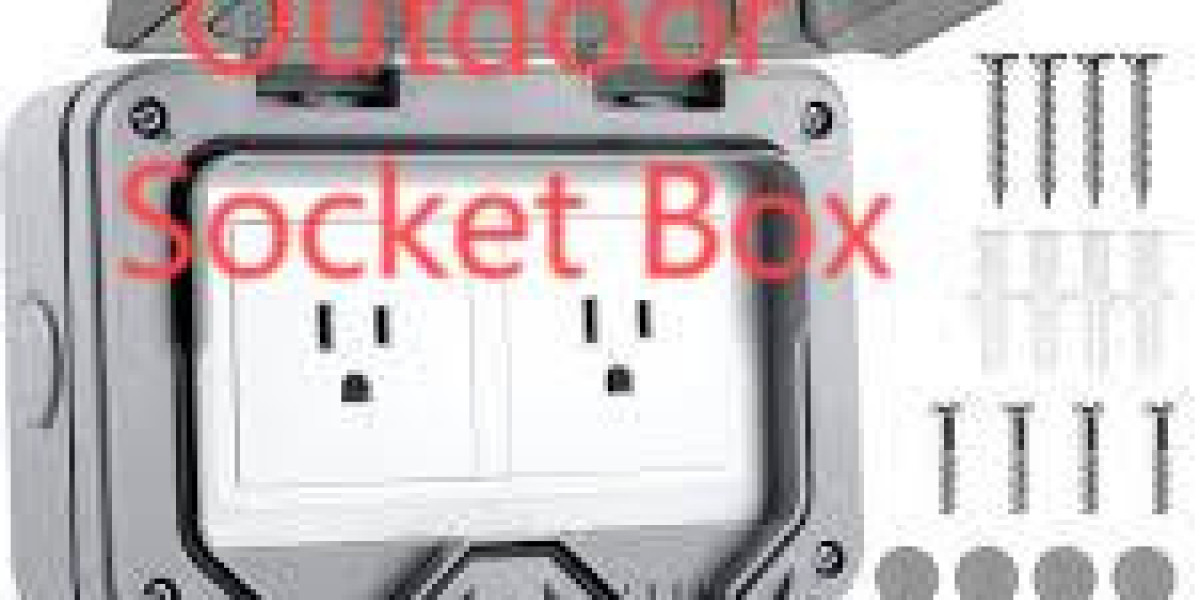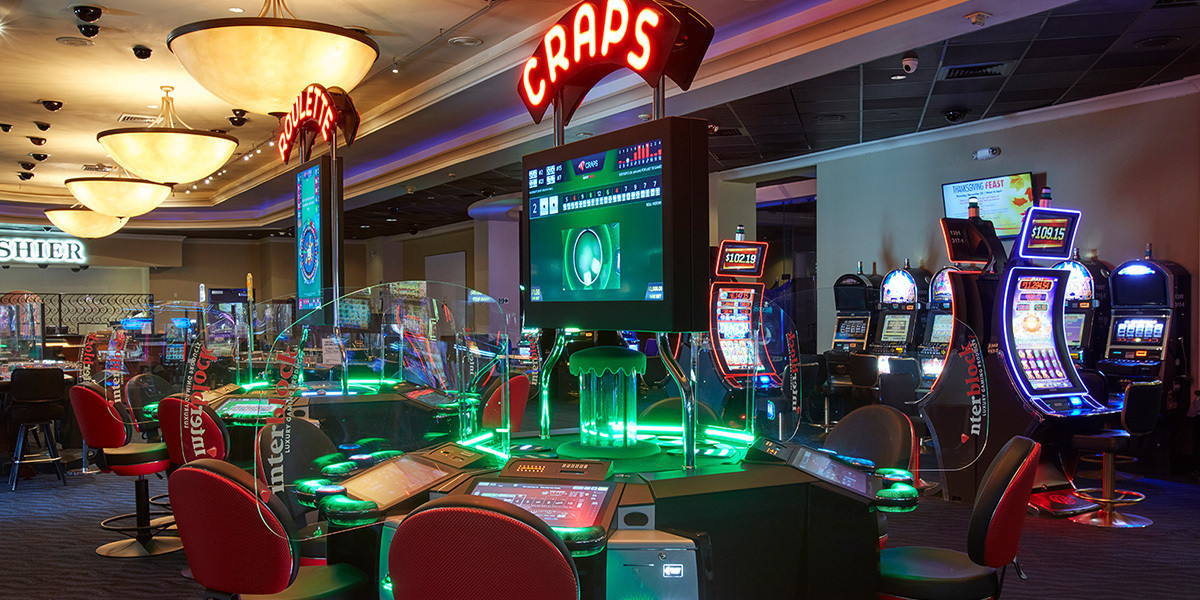Specifying the right Outdoor Socket Box Supplier during project planning reduces retrofit costs and avoids safety issues, and evaluating options from a certified Outdoor Socket Box Supplier helps ensure IP ratings, corrosion resistance, and proper sealing for exposed installations. Careful early selection streamlines procurement, supports consistent quality across sites, and cuts emergency repairs that disrupt operations.
Why outdoor-rated boxes matter
Outdoor installations expose electrical components to rain, dust, UV light, and temperature swings. Purpose-built boxes protect contacts and wiring from moisture ingress and foreign particles, preventing short circuits and premature corrosion. Properly selected enclosures also reduce maintenance time and insurance risk, delivering quieter operations and fewer unexpected outages.
Key specifications to evaluate
When choosing an enclosure, prioritize ingress protection (IP) ratings appropriate to the environment, such as IP65 or higher for wet locations. Confirm material resistance to UV and chemical exposure, examine gasketing details, and check for robust latching or locking mechanisms. Look for models that offer strain reliefs, adequate cable-gland sizing, and mounting options compatible with the site substrate.
Construction features that enhance longevity
Durable housings use impact-resistant polymers or powder-coated metals to withstand physical abuse. Internals should use corrosion-resistant contacts and plated terminals to maintain conductivity under harsh conditions. Venting or thermal-management features prevent heat buildup in high-load scenarios, while recessed designs and protective covers shield sockets from direct spray and accidental contact.
Installation and mounting best practices
Surface preparation, correct fasteners, and sealed cable entries matter as much as the box itself. Use appropriate anchors for concrete, metal, or composite walls and torque terminals to manufacturer specifications. Avoid sharp cable bends near the gland and employ conduit or protective sleeves where cables are exposed to mechanical wear. Proper routing and labeling simplify future maintenance.
Weatherproofing, seals, and closures
Gasket design and compression strategy determine long-term seal performance. Choose boxes with replaceable gaskets and captive screws to prevent lost parts during servicing. Lockable covers and snap-on lids can deter tampering in public spaces. Verify that hinged covers return to alignment easily after repeated cycles and that UV-stable materials resist embrittlement over years of sun exposure.
Safety and compliance checks
Ensure products meet relevant electrical and safety standards for your region, and request test reports for dielectric strength, temperature-rise, and mechanical endurance. Check for markings indicating compliance and ask suppliers about batch traceability. For installations near food-processing or corrosive environments, request additional certification or material declarations.
Smart features and modern integrations
Modern boxes can integrate surge protection modules, remote monitoring sensors, or local disconnects for safety. Some enclosures accommodate modular inserts for signaling or data connections, allowing a single location to serve mixed power and communications needs. Smart monitoring can flag overloads, moisture intrusion, or abnormal temperatures before failures occur.
Maintenance and lifecycle planning
Plan periodic inspections that include gasket condition, fastener tightness, and signs of discoloration at contacts. Keep a small inventory of replacement gaskets, screws, and gland components to enable rapid on-site repairs. Document installation specifics—mounting height, cable types, and torque values—to ensure consistent servicing across multiple locations.
Choosing the right supplier relationship
A reliable partner offers clear product documentation, lead-time transparency, and after-sales support. Prefer suppliers who provide configurators, custom labeling, and sealed-sample testing on request. Good communication during design review avoids costly field changes and ensures the delivered units match on-site realities.
Conclusion and product resources
Selecting robust outdoor socket boxes reduces downtime, improves user safety, and extends equipment life in exposed conditions. Prioritize IP-rated, UV-stable constructions with replaceable seals and modular adaptability to meet evolving needs. For specifications, product families, and configurator tools, visit www.nante.com/product/








